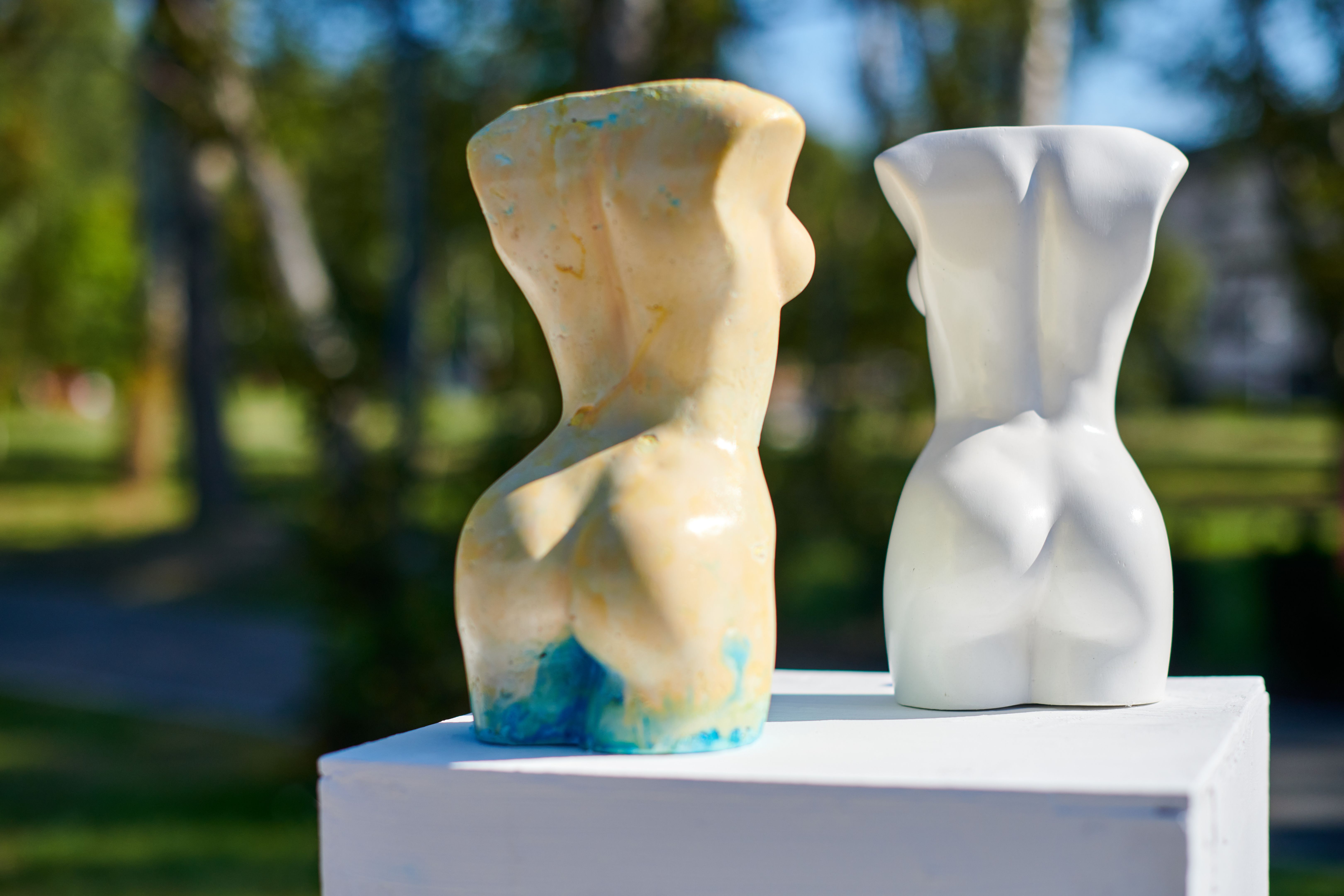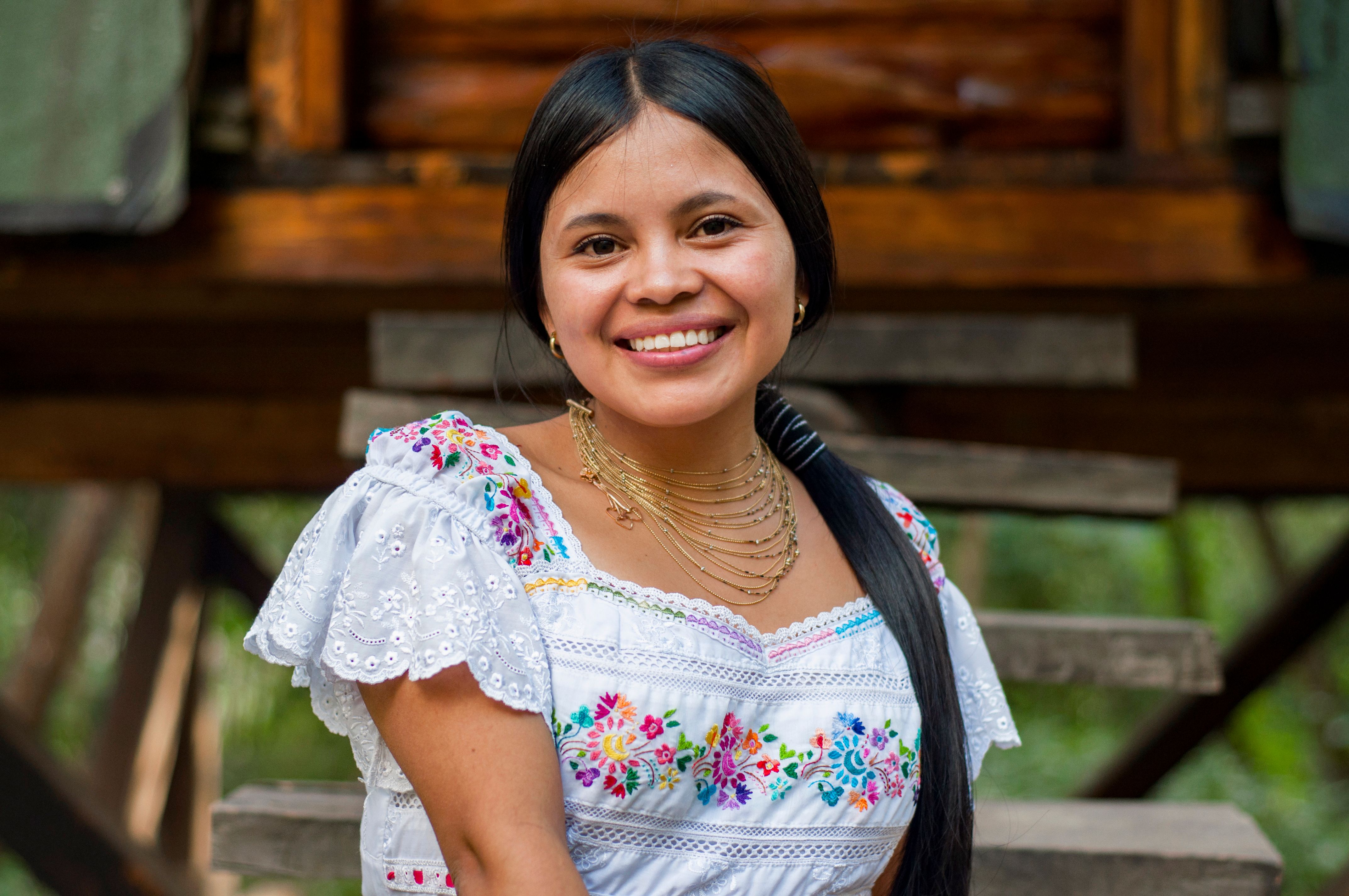Debunking Common Myths About Nudity and Sexuality
Understanding Nudity and Sexuality
When it comes to the topics of nudity and sexuality, there are numerous myths and misconceptions that persist in society. These misunderstandings can lead to unnecessary taboos and stigmas. Let's delve into some of these common myths and set the record straight.

Myth 1: Nudity Equals Sexuality
One of the most prevalent myths is the assumption that nudity is inherently sexual. In reality, nudity does not always equate to sexuality. Many cultures and communities view nudity as a natural state, and it is often embraced in non-sexual contexts such as art, nudist beaches, and certain cultural ceremonies.
Additionally, the human body can be appreciated for its aesthetic beauty without any sexual connotation. This understanding challenges the notion that nudity must be linked to sexual desire or activity.
Myth 2: Sexuality is Binary
Another widespread misconception is the belief that sexuality is strictly binary, limited to heterosexuality and homosexuality. However, human sexuality exists on a spectrum, encompassing a variety of identities and orientations, including bisexuality, pansexuality, asexuality, and more.

Recognizing this diversity is crucial for fostering an inclusive society where individuals feel free to express their true selves without fear of judgment or discrimination.
Myth 3: Nudity Promotes Immorality
Some people hold the belief that nudity promotes immorality or indecency, yet this is a subjective view heavily influenced by cultural and societal norms. In many indigenous cultures, nudity is a natural part of daily life and is not associated with moral judgments.

It's essential to differentiate between nudity used for exploitation and nudity embraced as a form of self-expression or cultural identity. By doing so, we can foster a healthier understanding of the human body and its representation.
Myth 4: Sexuality is Fixed
The idea that one's sexuality is fixed and unchanging is another myth that can limit personal growth and self-discovery. Many individuals find that their understanding of their own sexuality evolves over time, influenced by experiences, relationships, and personal exploration.
This fluidity should be acknowledged and respected, allowing people the freedom to explore their identities without fear of being pigeonholed or marginalized.
Conclusion: Embracing Diversity and Understanding
Debunking these myths about nudity and sexuality requires an open mind and a willingness to challenge preconceived notions. By embracing the diversity of human experience, we can cultivate a more accepting and inclusive world that celebrates individuality rather than shaming or stigmatizing it.
As society continues to evolve, it's important to keep questioning and re-evaluating our beliefs around these topics, ensuring that they are rooted in understanding rather than misconception.